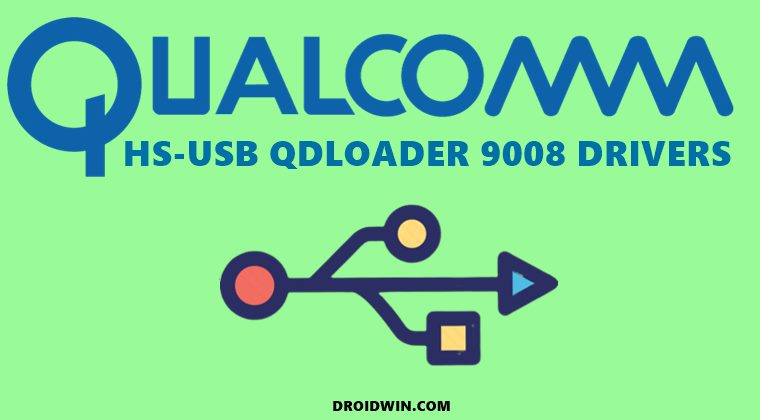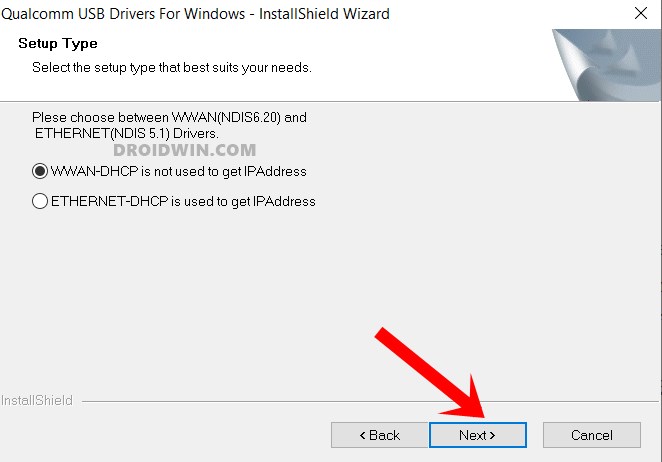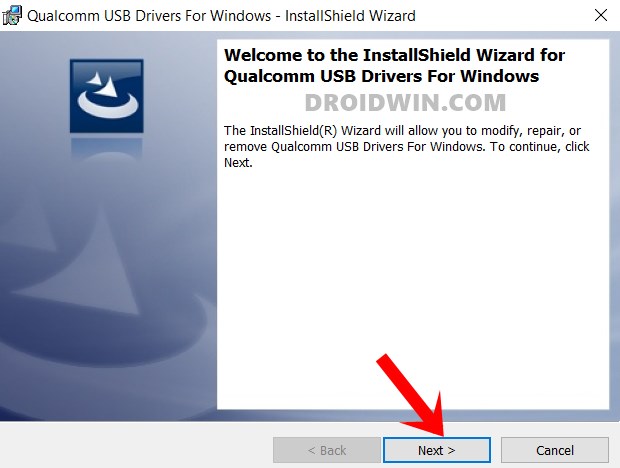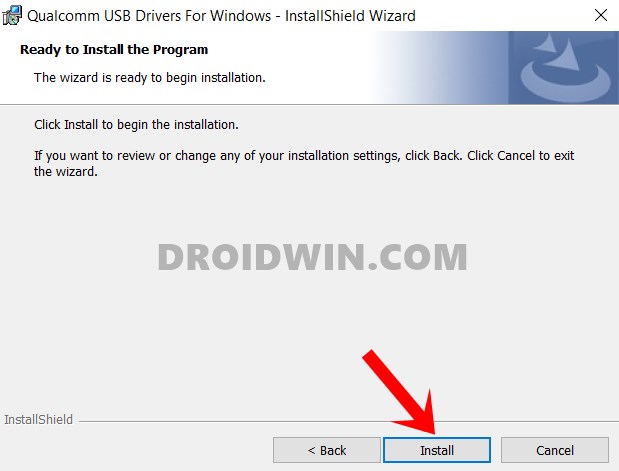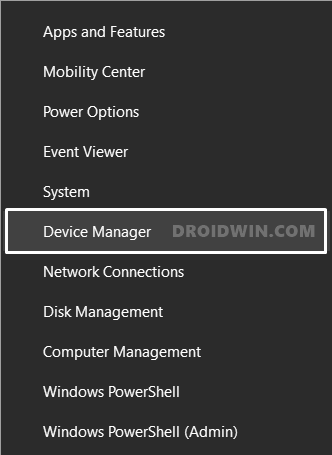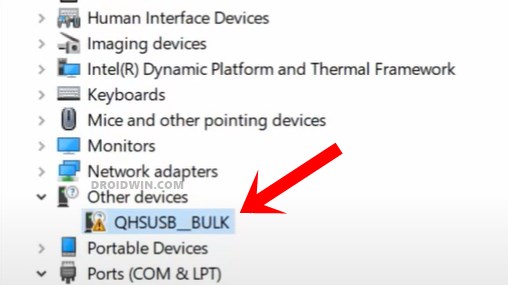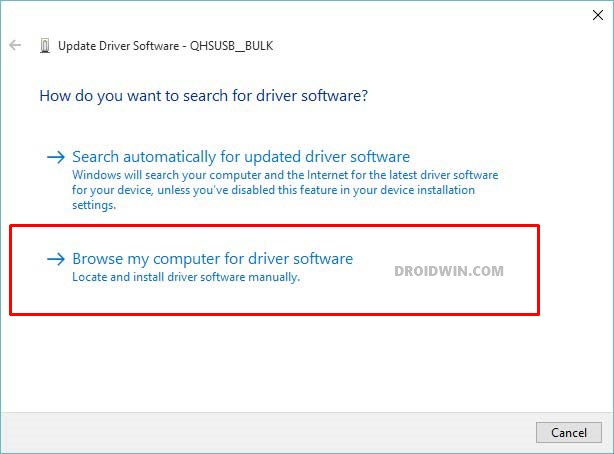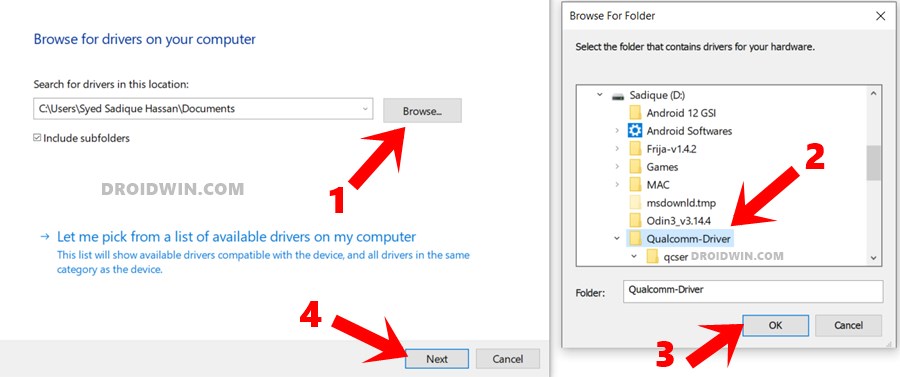Right after you have unlocked the device’s bootloader, you have a plethora of tweaks to try out. These include the likes of installing a custom recovery such as TWRP or flashing custom ROMs. Likewise, you could also gain administrative-level privileges and access to the system partition. This could be achieved via rooting your device via Magisk. Once you do so, you would be in a position to try out Substratum Themes, Magisk Modules, Xposed Framework, etc. But as the general saying goes that there are two sides to every coin, and the same is the case here as well. On one hand, these tweaks tend to add more features to your device and give it a fresh new outlook. But on the other hand, a slight mistake in flashing these binaries and you are inviting trouble. Now the word “trouble” could fit into various aspects such as soft brick, bootloop, or hard brick. While the first two could easily be dealt with, it is with the hard brick that seems to be a tough nut to crack. But fret not, if you have the right tool in your arsenal, you could easily rectify this issue as well. Talking about the right tools, and none could fit in more perfectly than the Qualcomm HS-USB QDLoader 9008 Drivers. But what are these drivers, why are they needed, and how to install them? Well, this guide is here to answer all these queries. So without further ado, let’s get started.
What are Qualcomm HS-USB QDLoader 9008 Drivers
You might know about USB drivers. These are required so that your PC is able to identify and hence interact with your device. This then makes it possible to transfer files, use USB Tethering among others. However, these drivers only come in handy when your device is booted up and working normally. Then comes the Android SDK Platform Tools. These are required by your PC so that they could interact with the device in ADB or Fastboot Mode. Again, they could only be used when your device could at least boot up. It gains an upper hand over normal UYSB Drivers as you could use them in Bootloop or soft brick devices as well. This then allows you to flash Fastboot ROM files onto your device via Fastboot Commands. But what if your device is just refusing to boot up or in other words, is in a hard-bricked state? Well, when that happens, both the above drivers wouldn’t be of any help. This is where comes the role of Qualcomm HS-USB QDLoader 9008 Drivers. Every Android device that has an underlying Qualcomm chipset has an additional Download Mode known as EDL or Emergency Download Mode. When your device gets hard bricked, then it would be booted to this mode. To overcome this issue, there are some standalone tools such as MSM Download Tool for OnePlus and Oppo or QPST for other Qualcomm devices. But when you connect your hard-bricked device to the PC via USB cable, Windows wouldn’t be able to identify it in its original state. Rather it will be treated as ‘QHUSB_BULK‘ with a yellow exclamation mark. As a result, you wouldn’t be able to use any of the aforementioned tools. This is where the Qualcomm HS-USB QDLoader 9008 Drivers comes in handy. You just need to install these drivers onto your PC. The latter will then be able to identify your device as Qualcomm HS-USB QDLoader 9008‘ under the Device Manager. Once this is done, you may then easily use your preferred unbrick tool to flash the firmware onto your device and bring it back to life. So with this, you might have got a perfect idea regarding the importance of these drivers. Let’s now check out its installation steps.
Download Qualcomm HS-USB QDLoader 9008 Drivers
There are two different ways of installing these drivers: Automatic installation and Manual installation. So keeping this in mind, download the driver file depending on the method that you going to choose: Automatic Driver Installation:
32-bit: QDLoader_HS-USB_Driver_32bit.exe64-bit: QDLoader_HS-USB_Driver_64bit.exe
Manual Driver Installation
Qualcomm_Drivers.zip
How to Install Qualcomm HS-USB QDLoader 9008 Drivers
As is evident from their name, the Automatic Driver Installation method just requires you to run through the setup file. Whereas the Manual Driver Installation requires a few extra efforts in the form of booting the device to EDL Mode and then carrying out the driver installation. We have listed out the instructions for both these methods, proceed with the one that you find more comfortable to deal with.
Automatic Installation of Qualcomm HS-USB QDLoader 9008 Drivers
So this was the automatic method of installing the Qualcomm HS-USB QDLoader 9008 Drivers. Let’s now turn our attention towards the manual one.
How to Manually Install Qualcomm HS-USB QDLoader 9008 Drivers
So this was all from this guide on how to download and install the Qualcomm HS-USB QDLoader 9008 Drivers. If you have any queries concerning the aforementioned steps, do let us know in the comments. We will get back to you with a solution at the earliest.
About Chief Editor
